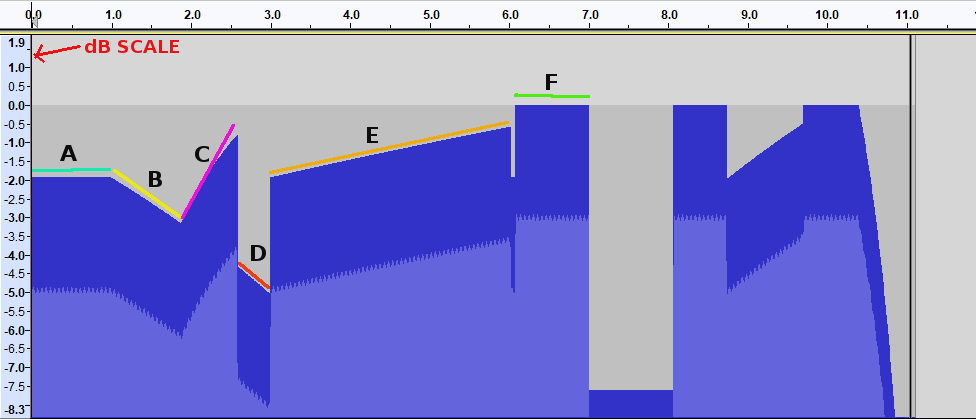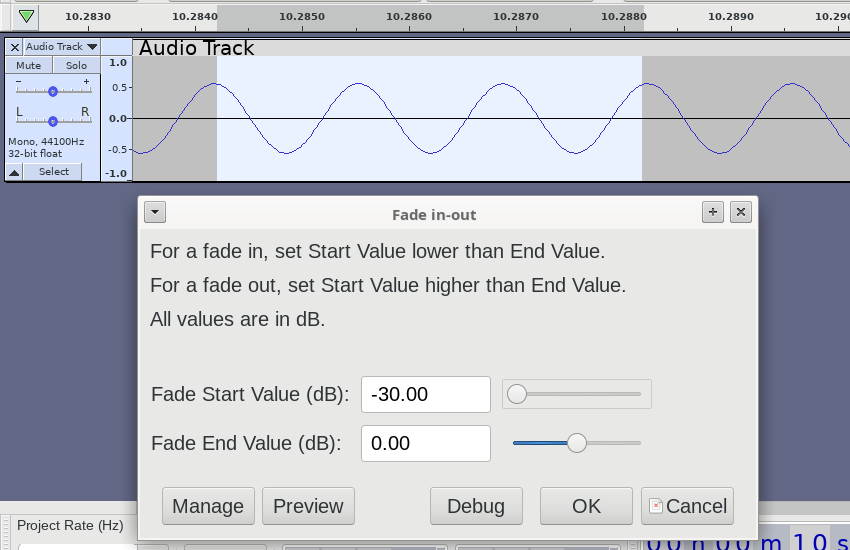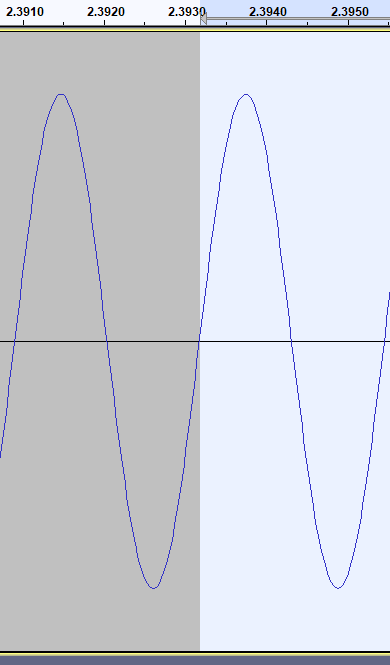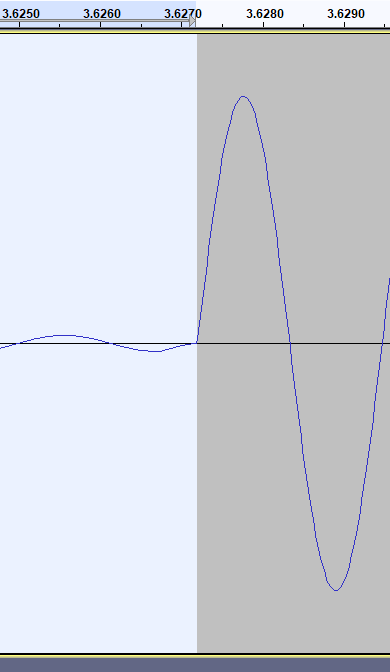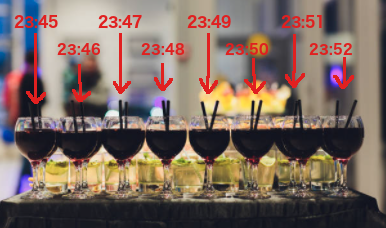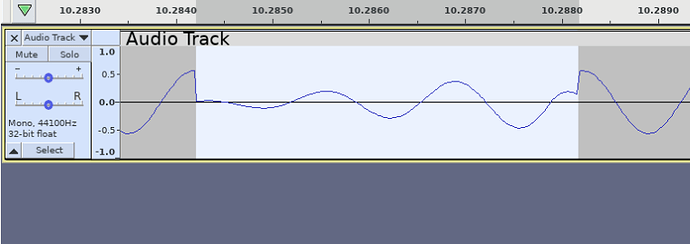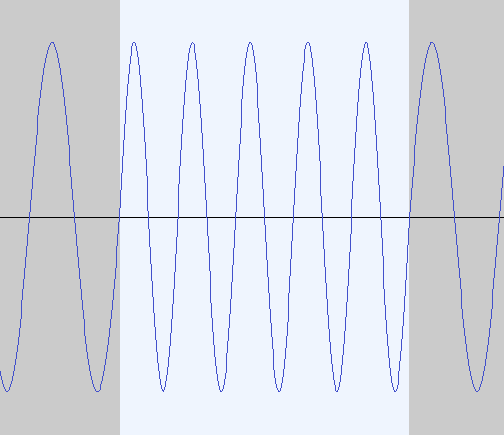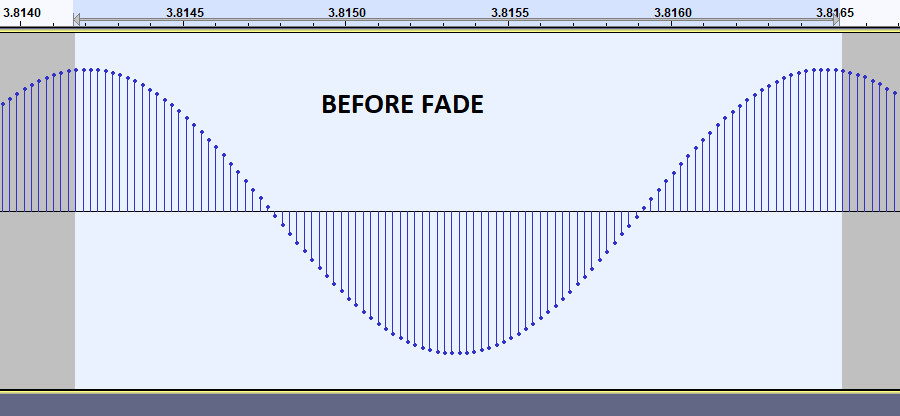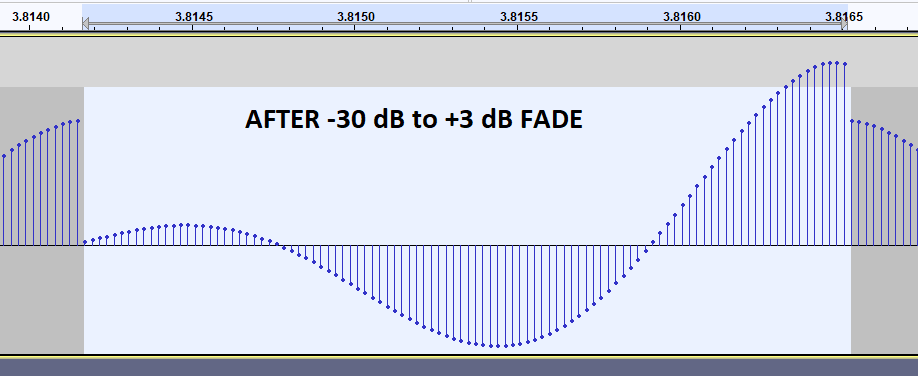Hi all,
Recently got a project to create some SFX for a TV series.
It involves creating some weird space type effects which I create using noise, tones and existing sound clips.
(Which I then apply filtering and reverb to, and sometimes reverse or pitch change as well).
However, the noise, clips, etc, need some “creative” level and fade adjustments at certain points.
The current fade in, fade out and amplitude effects in Audacity were taking too much time, so created my own plugin.
It allows arbitrary fades (in and out) and level adjustments of a selection, without the need to use the envelope tool.
Please note that the start and end points are specified in dB (min -30 and max +30) and not in percentages or ratios.
I’m used to thinking in dB’s rather than say 50% or 0.5.
The interface looks like this:
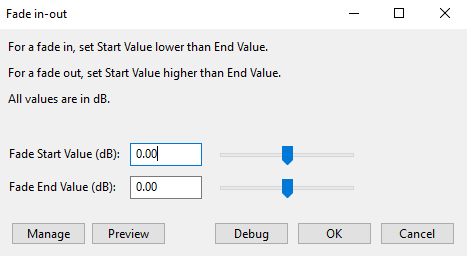
To use, make a selection of the desired audio region, then use the Fade-in-out plugin.
The two controls are pretty self explanatory.
Below then, a few examples of what can be quickly done.
(Please don’t do crazy things like adding 30 dB of gain to a selection that is already at 0 dBFS).
All examples are with a tone of 1 KHz and a level of 1.0 (i.e. 0 dBFS).
Fade “A” has a start value of -1.95 dB and an end value of -1.95 dB
When the start and end values are equal, the selection will have an equal level from start to end.
It can be a gain or loss.
Same applies to Fade “F” but with values of 0 dB, which means untouched.
Fade “B”, start = -1.95 dB, end = -3 dB (remember that the original audio had a level of 0 dBFS).
Fade “C”, start = -3 dB. end = -1 dB.
And so on.
The very last fade goes from 0 dB down to -30 dB.
Only tested the plugin with Audacity 2.4.2 running on MacOS and Win 10.
No reason why it should not work on any version from 2.3.1 up to the very latest.
Hope it’s useful to others.
Below. updated plugin (version 2 - 01 Jan 2022)
The previous version had a problem with control-srate.
Fade-in-out.ny (1.01 KB)
